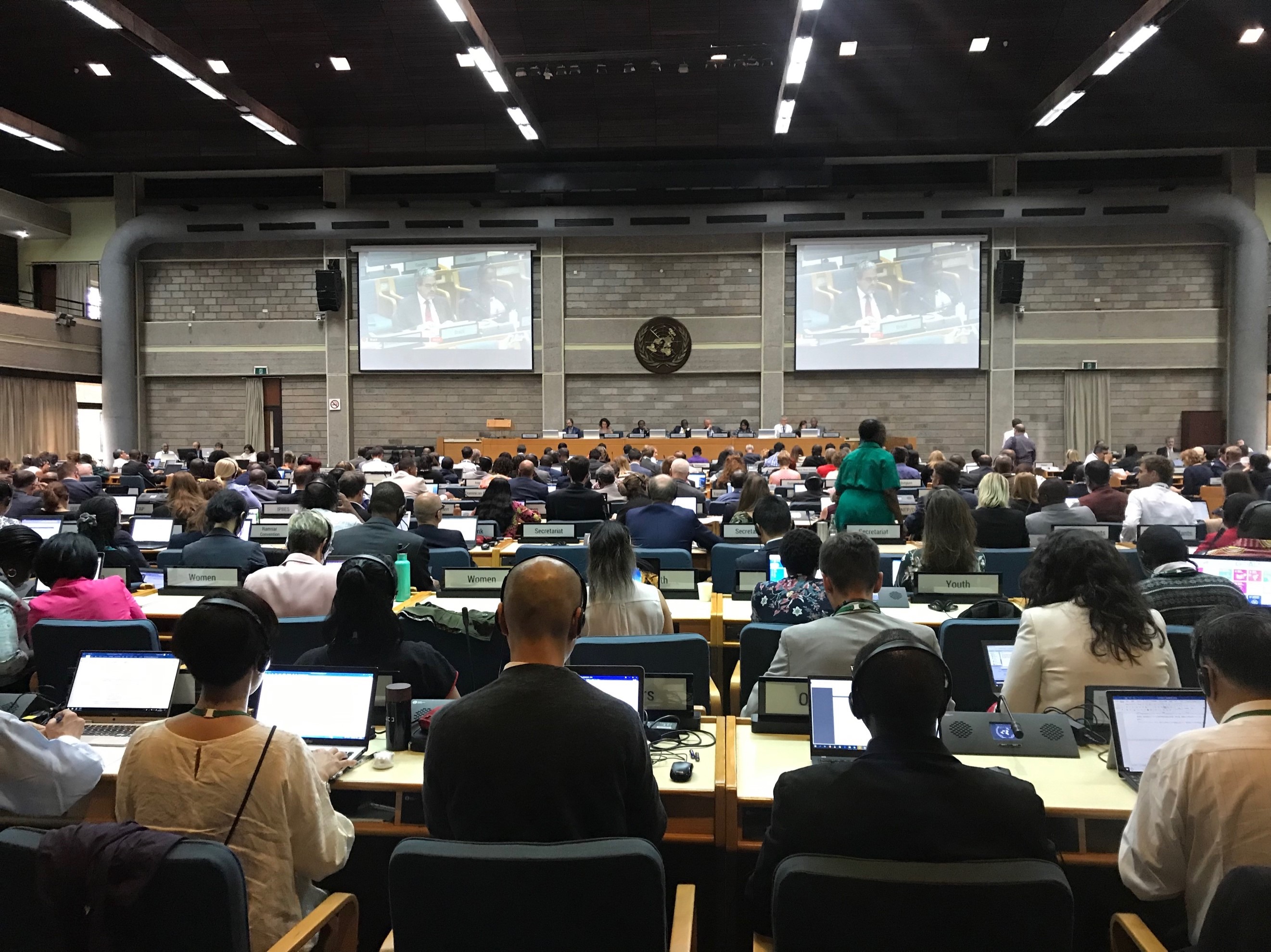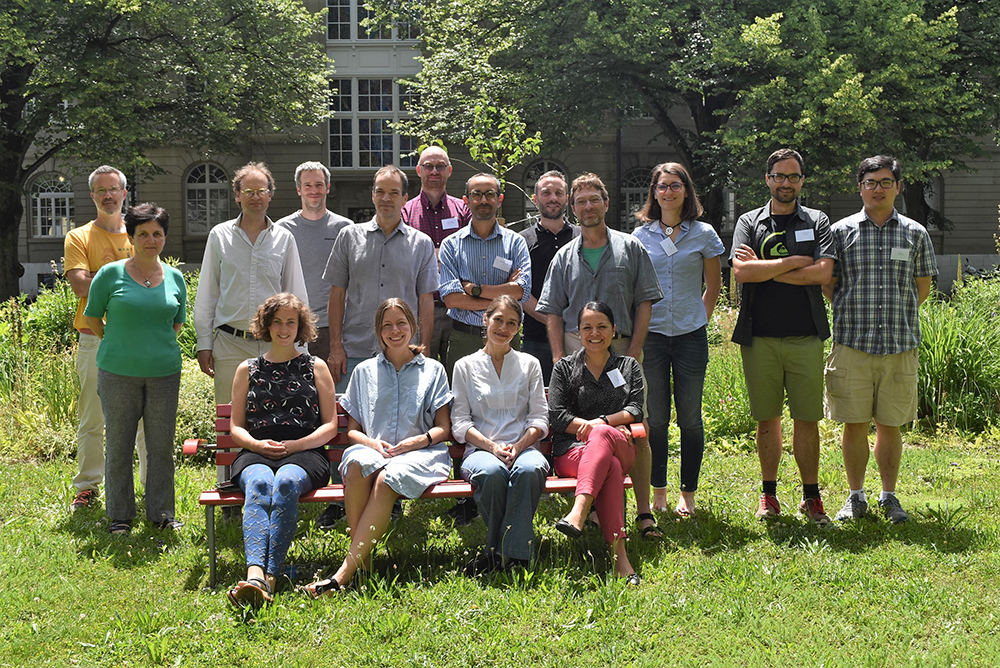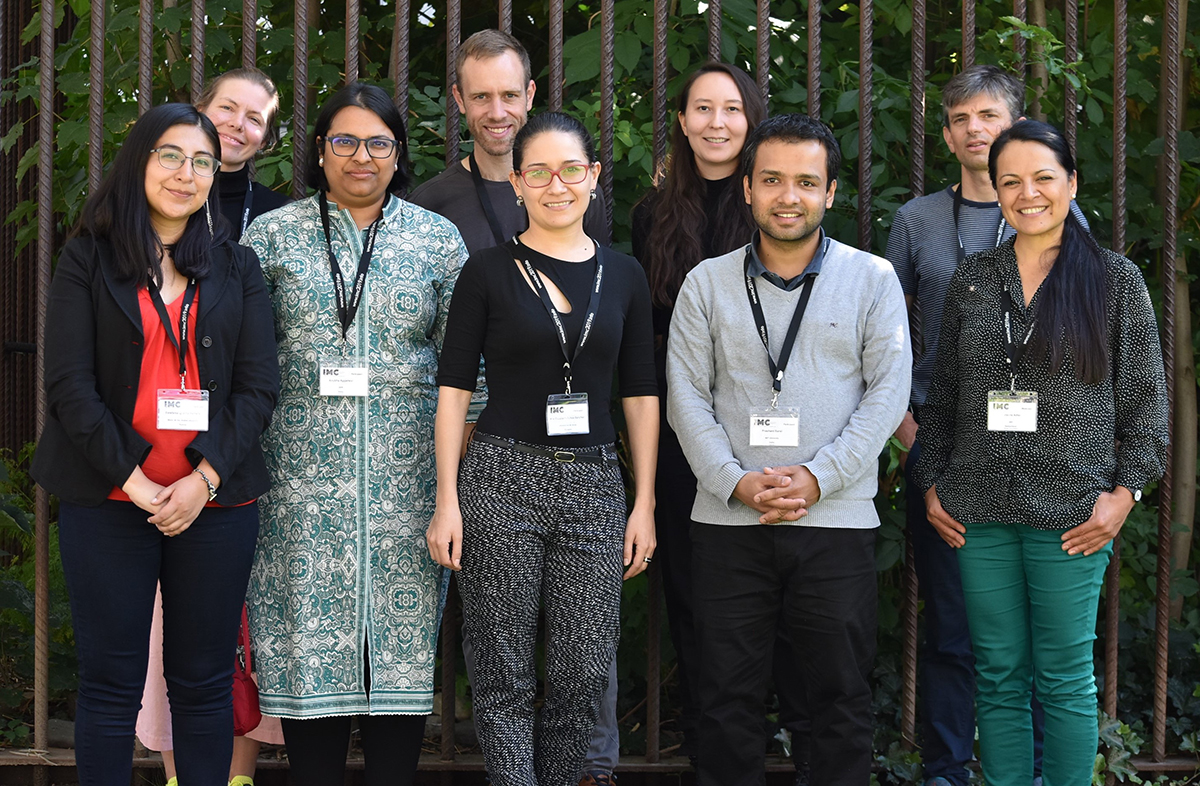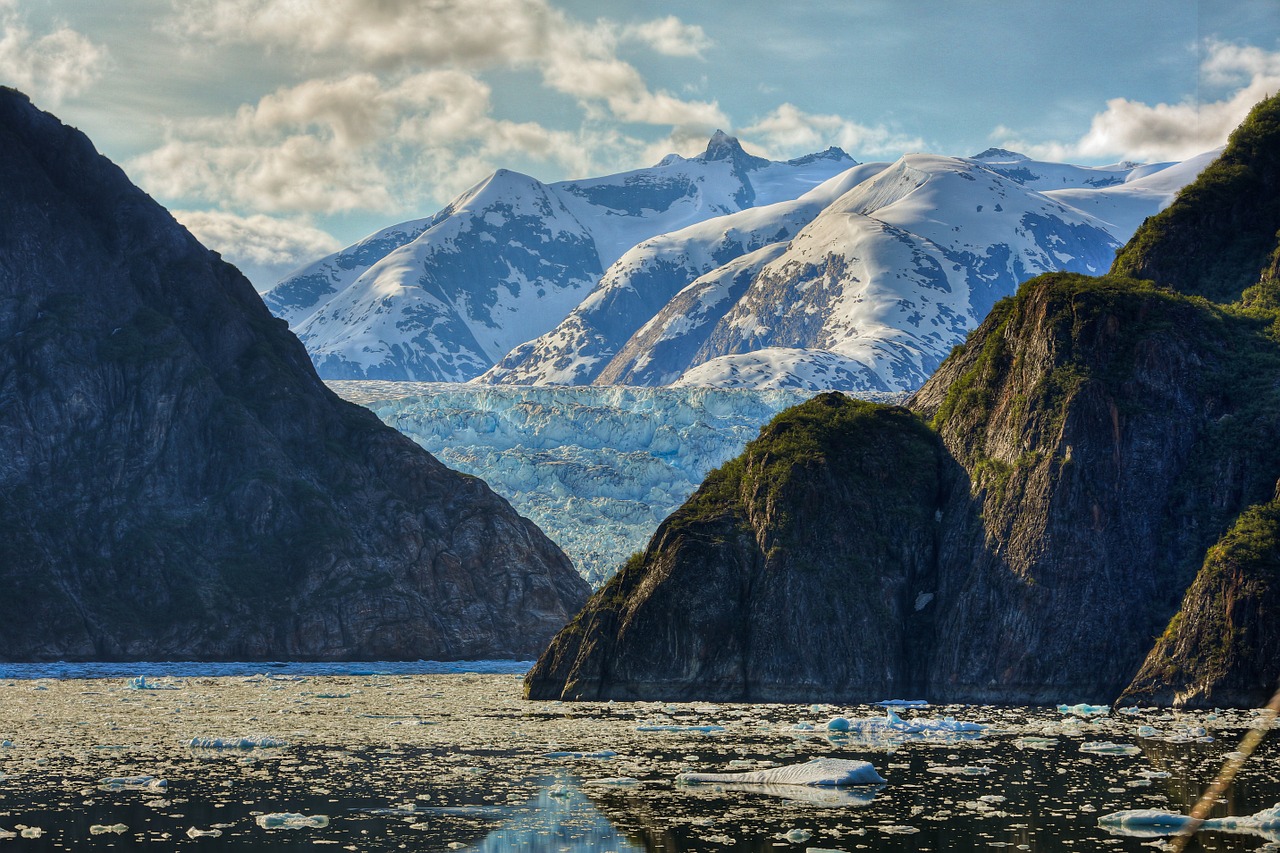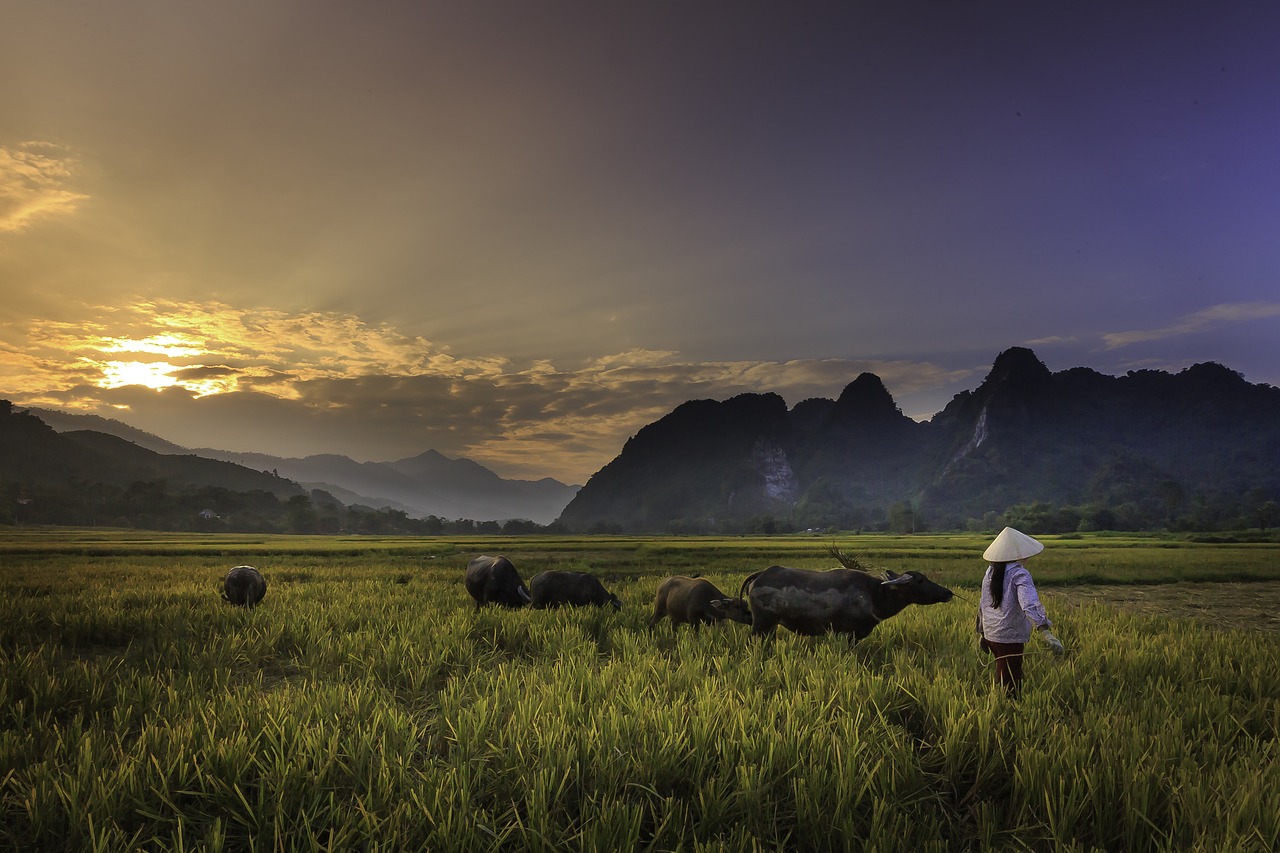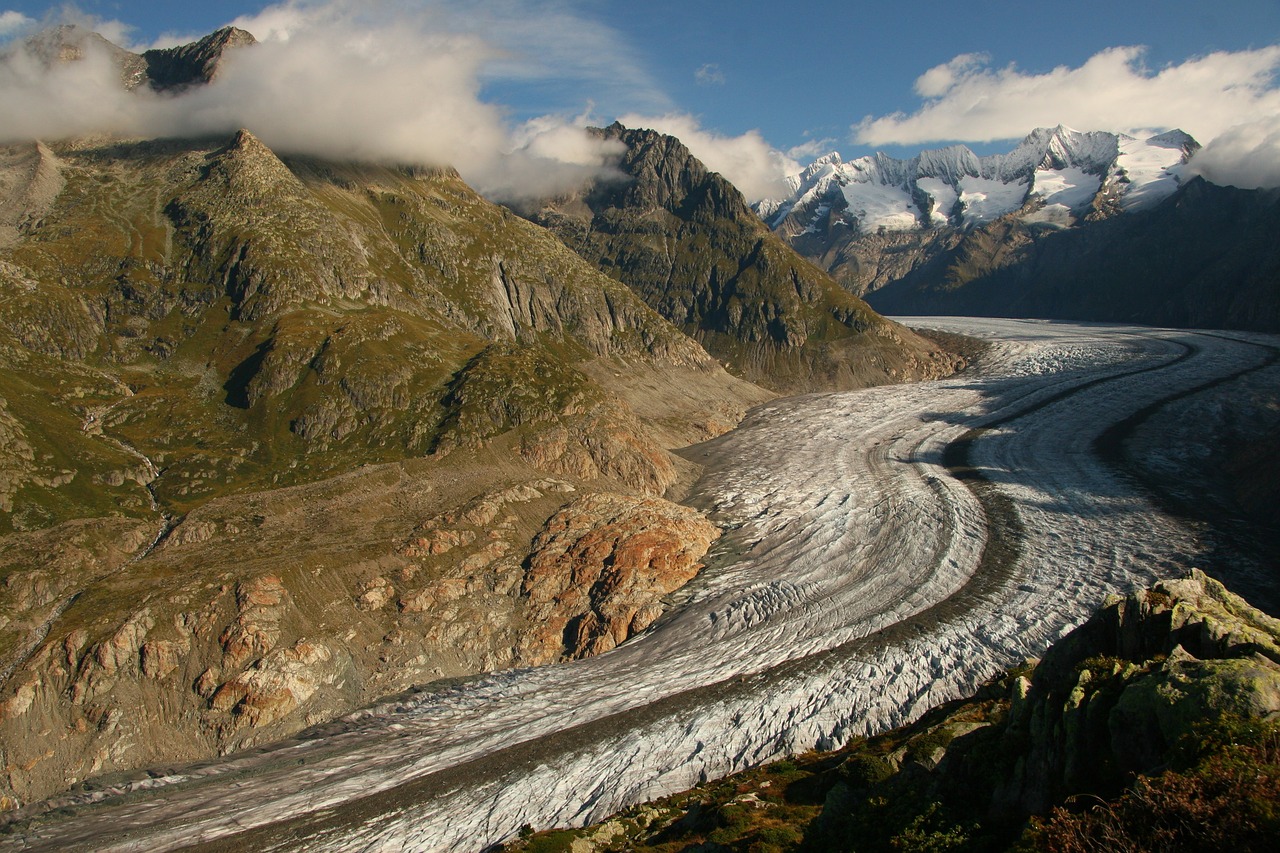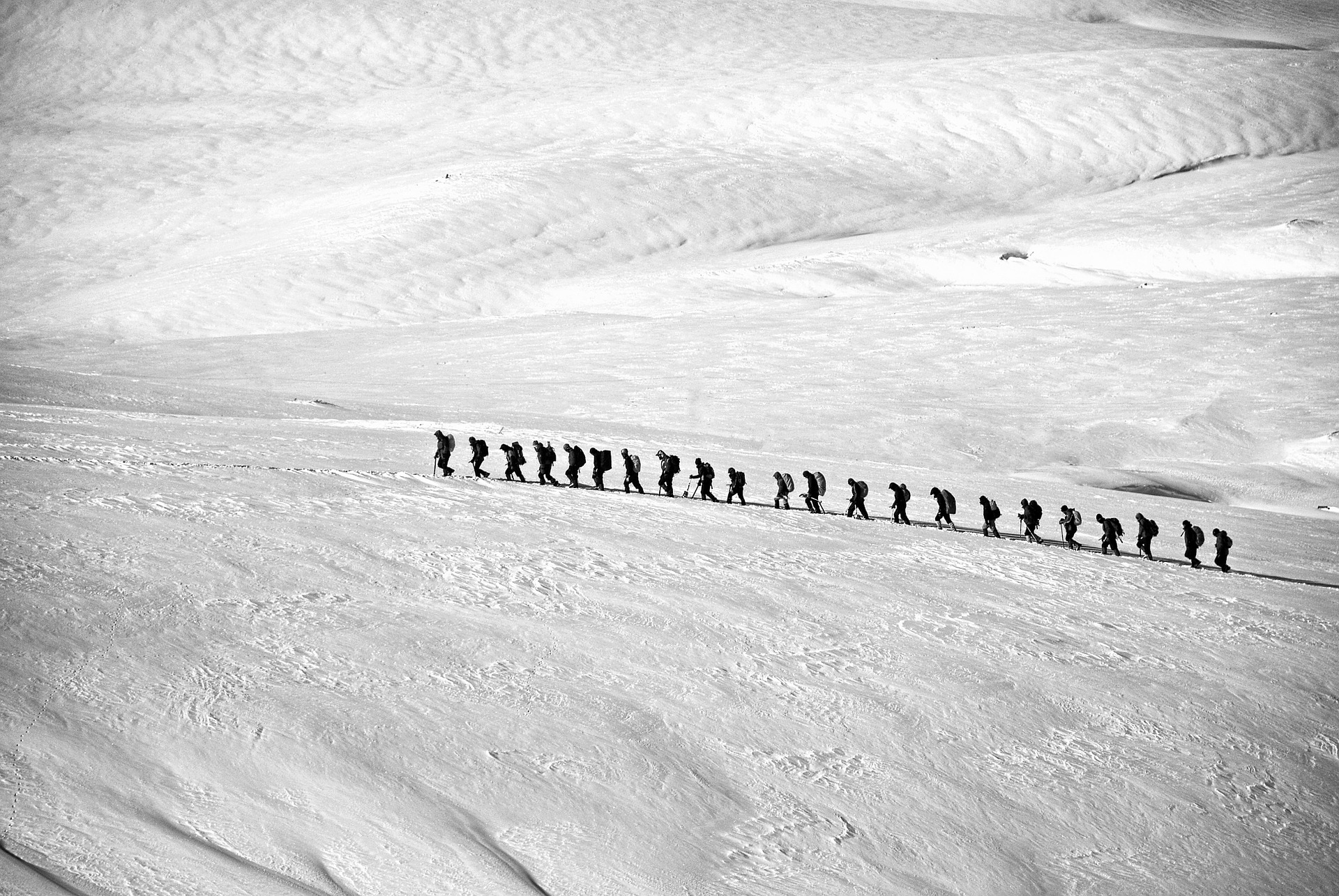News
- Details
- Category: MRI News
The Convention on Biological Diversity is currently working on the Post-2020 Global Biodiversity Framework. To advance the preparations of the framework, the first meeting of the Open-Ended Working Group was held in Nairobi, gathering over 500 delegates and observers – and Dr. Aino Kulonen from the MRI Coordination Office was one of them. To ensure that mountain specific issues will be included in the framework, a Policy Brief on mountains was launched and mountain countries were invited to collaborate to achieve this goal.
2020 marks the end of the current Strategic Plan of the Convention on Biological Diversity (CBD) and the 20 Aichi Biodiversity Targets. Significant and comprehensive scientific evidence of dangerous biodiversity decline and the threat it poses to quality of life from the IPBES Global Assessment on Biodiversity and Ecosystem Services leaves countries with the challenging task of providing a new framework which should meet the three objectives of the CBD: 1) the conservation of biodiversity, 2) the sustainable use of its components, and 3) the fair and equitable sharing of the benefits arising out of the utilization of genetic resources.
- Details
- Category: MRI News
The GEO-GNOME Workshop ‘Essential Climate Variables for Observations in Mountains’ took place at the University of Bern in Switzerland, 24-26 June 2019. The workshop brought together experts from different fields of mountain research to consider a list of essential variables that need to be measured to understand elevation dependent warming and related mountain processes.
Addressing the importance of climate as one key driver of environmental change in mountains, with relevant consequences for social-ecological systems, is a key activity of the Group on Earth Observations Global Network for Observations and Information in Mountain Environments (GEO GNOME).
- Details
- Category: MRI News
Climate change and its consequences pose even greater challenges to developing countries than industrialized nations. But developing countries are severely underrepresented in bodies assessing the relevant science. A unique collaboration between the Mountain Research Initiative, University of Zurich, Helvetas, and ICIMOD aims to address this.
Developing countries are traditionally underrepresented in the process of preparing the scientific assessments on climate change, its impacts, and future risks for policymakers. To contribute towards tackling this issue, the Mountain Research Initiative, University of Zurich, Helvetas, and ICIMOD – with support from the Swiss Agency for Development and Cooperation (SDC) – have come together to create the Mentoring and Training Program in IPCC Processes for Early Career Mountain Researchers.
- Details
- Category: MRI News
The most recent report from the IPCC highlights the severe impact of climate change on the world’s water, from the deepest depths of the ocean to the highest peaks of our changing mountains.
Our oceans are warming, ice sheets are melting, and sea levels are rising – and all at an unprecedented rate. This is according to the latest report from the Intergovernmental Panel on Climate Change (IPCC). The Special Report on the Ocean and Cryosphere in a Changing Climate (SROCC) compiles the findings of thousands of scientific studies, painting a stark picture of the impacts, outlook, and potential for adaptation to unparalleled and enduring changes in the ocean and cryosphere as a result of global warming – and highlighting the urgency of timely, ambitious, and coordinated action on greenhouse gas emissions.
- Details
- Category: MRI News
The MRI Mountain Governance Working Group (MGWG) explores challenges and opportunities for improving effective and sustainable governance of mountain social-ecological systems. In recent months, MGWG members participated in two international conferences: The International Association for the Study of the Commons (IASC) in Lima, Peru, and the International Mountain Conference in Innsbruck, Austria.
The MRI Mountain Governance Working Group is comprised of MRI SLC Members Catherine Tucker (University of Florida-USA), Irasema Ayala Alcántara (Universidad Nacional de México), Alexey Gunya (Russian Academy of Sciences), Elizabeth Jiménez (CIDES - Universidad Mayor de San Andres, Bolivia), Julia Klein (Colorado State University, USA), Esther Mwangi (CGIAR), and Jun Xu (Sichuan University, China).
- Details
- Category: Global News
Achieving human well-being and eradicating poverty for all: reaching this goal by 2030 is still possible, but only through a fundamental change in the relationship between people and nature and concerted global efforts to reduce social inequalities. This is according to the 2019 UN Global Sustainable Development Report, released earlier this month.
The UN Global Sustainable Development Report – The Future is Now: Science for Achieving Sustainable Development – evaluates progress on the 2030 Sustainable Development Agenda, and is the first report of its kind since the Sustainable Development Goals (SDGs) were adopted four years ago. It was drafted by an independent group of scientists, co-chaired by Peter Messerli, Director of the Centre for Development and Environment, and Endah Murniningtyas, former Deputy Minister for Natural Resources in Indonesia.
- Details
- Category: Global News
The largest glacier in the Alps is visibly suffering the effects of global warming. ETH researchers have now calculated how much of the Aletsch Glacier will still be visible by the end of the century. In the worst-case scenario, a couple patches of ice will be all that’s left.
Every year, it attracts thousands of visitors from around the world: as the largest ice flow in the Alps, the Great Aletsch Glacier is a major tourism draw in the Swiss region of Upper Valais, second only to the Matterhorn. In the summer, its meltwater plays a key role in providing sufficient water to the dry Rhone valley.
Yet as the climate becomes ever warmer, the massive glacier is suffering just as much as the Matterhorn, which is beginning to crumble. The Aletsch Glacier’s tongue has receded by about one kilometre since the year 2000, and scientists predict this trend will continue over the coming years. But how will things look for the Great Aletsch Glacier by the end of the century? How much of it will still be visible from, say, the nearby Eggishorn or the Jungfraujoch?
- Details
- Category: MRI News
The MRI needs your help. Here at the MRI Coordination Office we are working on a brand new Expert Database, and we are calling for your input to help us shape it to better suit the needs of our users – you!
Since we were established in 2001, the MRI has grown into a worldwide community, with over 11,000 people choosing to be part of our MRI Expert Database in order to connect with colleagues around the world. To meet the needs of this large community of mountain experts, and given the advances in online technology for connection and exchange, the MRI Coordination Office is now exploring options for a new system in 2020. With your input, we aim to tailor our new Expert Database to the needs of the mountain research community.




